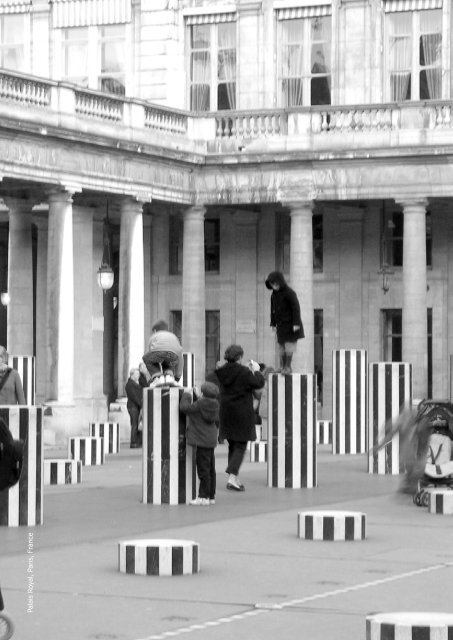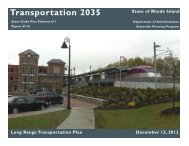Design for Social Sustainability â Saffron Woodcraft, 2010
Design for Social Sustainability â Saffron Woodcraft, 2010
Design for Social Sustainability â Saffron Woodcraft, 2010
You also want an ePaper? Increase the reach of your titles
YUMPU automatically turns print PDFs into web optimized ePapers that Google loves.
4.4 SPACE TO GROW<br />
Flexible use of land and<br />
buildings is essential<br />
Palais Royal, Paris, France<br />
42 DESIGN FOR SOCIAL SUSTAINABILITY<br />
If a new community is to be<br />
successful and sustainable, the<br />
place – the physical space, the<br />
housing stock and amenities,<br />
the social infrastructure –<br />
needs to be able to adapt<br />
over time to new needs and<br />
new possibilities. As Saskia<br />
Sassen points out, “in that<br />
incompleteness…lies the<br />
possibility of making.” 48<br />
As has been argued elsewhere in this paper,<br />
new developments need to be well planned<br />
to ensure that basic amenities and a robust<br />
social infrastructure are in place from the<br />
time that residents begin to move into their<br />
new homes. However, many of the aspects<br />
of social life that make communities flourish<br />
cannot be planned in advance – community<br />
projects, governance arrangements and other<br />
local institutions need to evolve, building on<br />
local relationships, recognition of common<br />
interests, a sense of mutuality and trust<br />
between residents and other stakeholders<br />
that again needs time to develop.<br />
In order to allow new communities to<br />
flourish, planning authorities should avoid a<br />
rigid ‘master-planning’ approach that seeks<br />
to create a blueprint <strong>for</strong> the future. Rather,<br />
master plans need to allow <strong>for</strong> a degree<br />
of ambiguity, uncertainty and openness to<br />
change, recognising that a new community<br />
will develop best if it is allowed to be dynamic<br />
and to evolve in ways that the planners<br />
cannot entirely predict. In designing places<br />
<strong>for</strong> the future, planners should make sure<br />
that communities and their residents have<br />
the space to grow, in particular, to develop<br />
a distinctive character, to shape the place so<br />
that it better meets local needs, and have<br />
scope to change as populations age and<br />
shift and new patterns of work and social life<br />
emerge.<br />
Lessons from the English New Towns Review<br />
identified that community master planning<br />
worked most effectively when it provided<br />
<strong>for</strong> local choice. Successful aspects were<br />
identified as providing,<br />
SPACE TO GROW 43
















